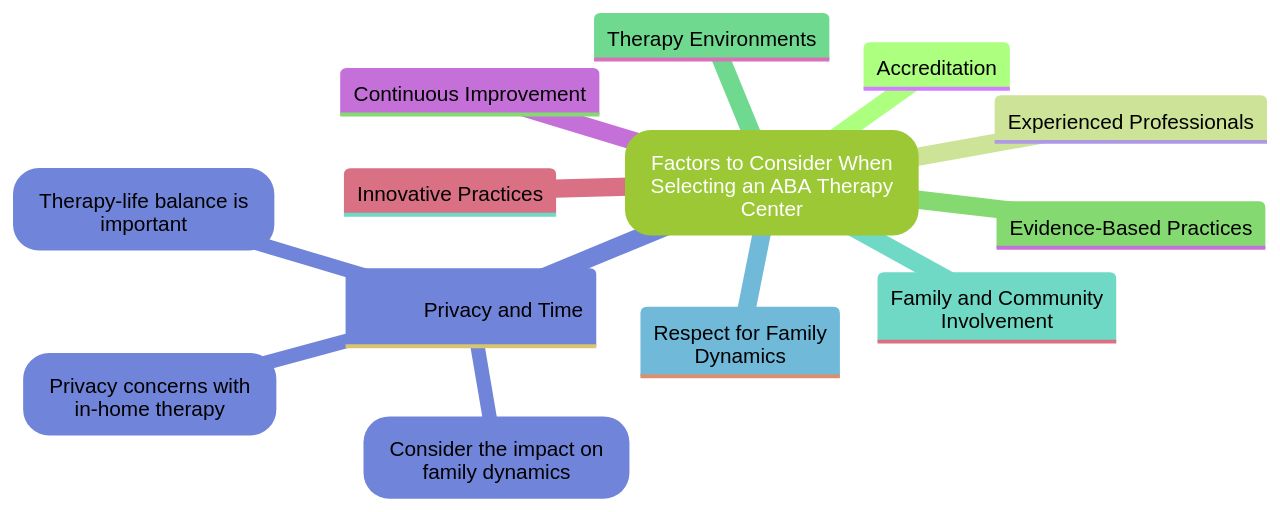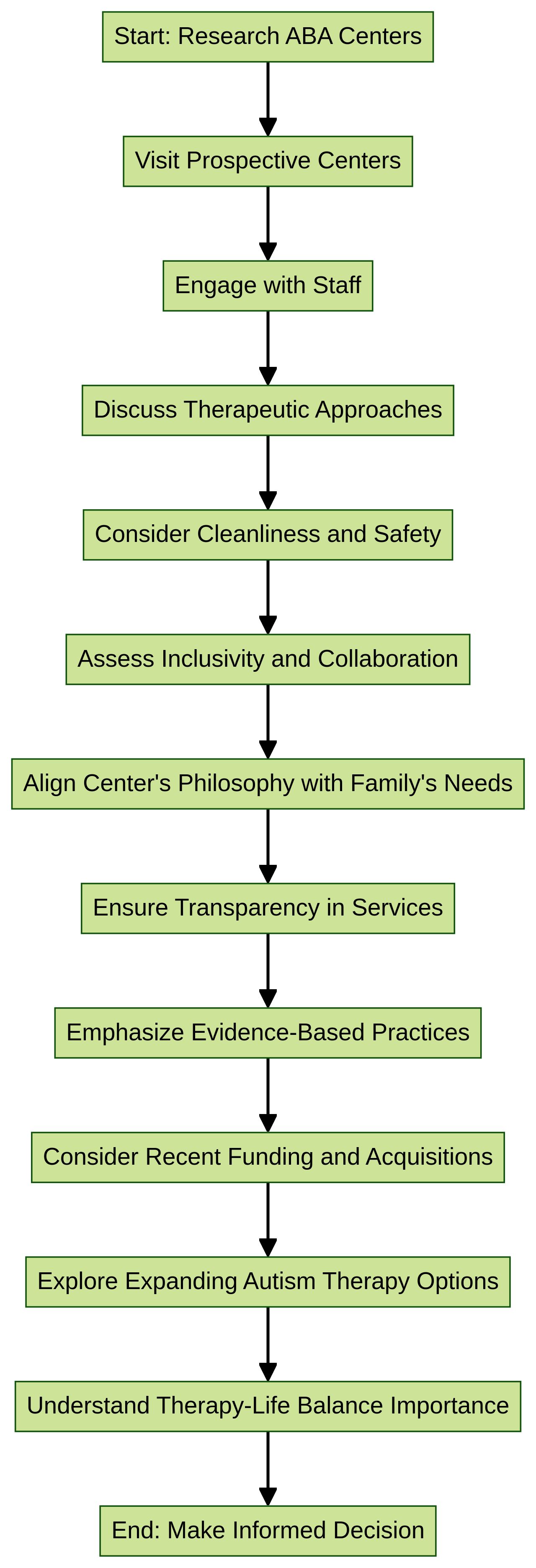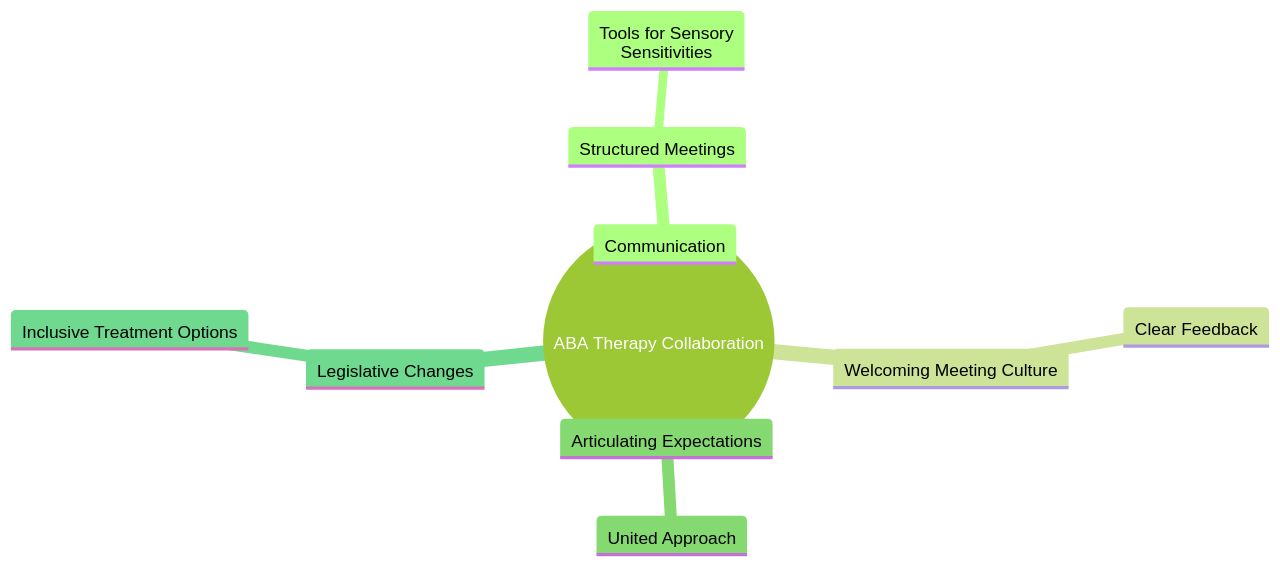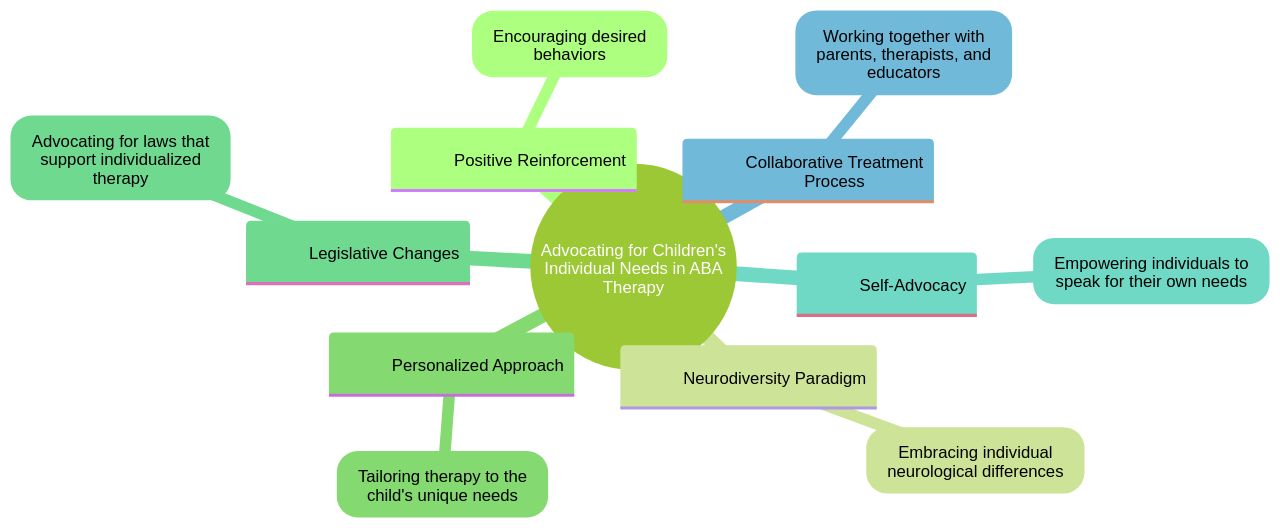Introduction
ABA therapy centers play a crucial role in supporting individuals with autism and their families. These centers go beyond providing therapy; they offer hope and progress.
By creating personalized treatment plans tailored to each child's unique needs, ABA centers empower children to reach their full potential. The impact of these services is profound, as witnessed through the transformative story of a child named Mark, who went from being nonverbal to confidently leading the Pledge of Allegiance at a press conference.
With the prevalence of developmental disabilities on the rise, the demand for ABA centers continues to grow. In this article, we will explore the importance of ABA centers, how to research and select the right one for your child, what to look for during a visit, and the significance of collaboration between families and ABA professionals. Advocating for your child's individual needs is essential in ensuring they receive the best possible care. Join us as we delve into the world of ABA therapy and discover how it can positively impact the lives of children with autism.
Understanding ABA Centers
ABA therapy centers are indispensable in the landscape of support for individuals with autism, offering a lifeline to those seeking to navigate the complexities of developmental disabilities. These centers are not just about providing therapy; they represent hope and progress for families. Through individualized assessment and treatment plans, ABA centers set specific, measurable goals for each child, ensuring that every intervention is tailored to their unique needs.
The impact of these services is profound, as seen in the story of a child named Mark, who, after receiving ABA services, triumphed over his initial inability to speak and confidently led the Pledge of Allegiance at a press conference. Such transformations underscore the power of ABA in unlocking the potential of children with autism. The commitment to these services is evident in the heartfelt advocacy of parents, who understand the difference that ABA makes in their lives.
In Indiana, families rallied with the message that 'ABA is the way,' highlighting the essential nature of these therapies. The closure of ABA centers, like the one in Creve Coeur that served the Martins family, sends shockwaves through the community, leaving families scrambling to preserve the gains their children have made. Despite the challenges, the dedication of parents and the resilience of children continue to drive the demand for accessible, high-quality ABA services.
As developmental disabilities become increasingly prevalent, with recent statistics showing a rise from 7.40% to 8.56% in diagnosed cases among children aged 3-17 years, the role of ABA centers becomes ever more critical. The need for comprehensive support is echoed in the words of advocates and parents who see ABA therapy not only as a cornerstone of development for their children but also as a vital component of a larger ecosystem of care that includes psychological, occupational, and speech therapies. The journey of ABA therapy is one of collaboration, where social workers, psychologists, and families unite to create a nurturing environment for children to thrive.
Researching ABA Centers
Selecting the optimal ABA therapy center for your child is a decision that demands careful consideration. It's important to seek out centers that not only hold accreditation but also employ seasoned professionals who are adept at assessing behavior and tailoring therapy plans to each child's unique needs.
With the well-being of your child at the forefront, you should delve into the center's approach to therapy, ensuring it aligns with evidence-based best practices and ethical principles. Look for environments that foster learning through helpful behaviors, as the versatility of ABA allows it to adapt to various contexts, including schools, homes, and community settings.
Remember, the impact of ABA extends beyond the individual; it involves the family and community, aiming to achieve a harmonious therapy-life balance. The right center should not only advance your child's development but also respect your family's dynamics, privacy, and time. With the profession expanding and technology evolving, as seen with the integration of tools like PrioraCare, the opportunities for high-quality, accessible ABA therapy are growing. Centers that are committed to continuous improvement and employing innovative practices are pivotal in ensuring that your child receives the most effective and supportive care possible.

Visiting ABA Centers
When evaluating ABA therapy centers for your child, it's crucial to go beyond the surface. A meticulous visit to the prospective centers can provide a real sense of the environment and the quality of care they offer.
Take a cue from Amanda Rhoads, whose children made significant progress with dedicated techs, and understand the impact of sudden service disruptions. Look for centers that not only maintain high standards of cleanliness and safety but also foster a culture of inclusivity and collaboration.
Engage with the staff, including the Board-Certified Behavior Analysts (BCBAs), to discuss their therapeutic approaches and objectives. It's important to ensure that the center's philosophy aligns with your family's needs and that they are transparent about their services, as highlighted by the Autistic Self Advocacy Network's emphasis on shared decision-making.
Remember, real health centers are forthcoming about their offerings and respect your autonomy in making informed decisions for your child's welfare. The recent funding and acquisitions in the ABA industry, such as Cortica's $75 million pound, underscore the importance of sustainable and quality-driven services. With the introduction of Senate Bill 805 in California, the landscape of autism therapy is expanding, offering more comprehensive options for families. As you explore your choices, bear in mind the evidence supporting the effectiveness of ABA and the potential for remarkable gains in autism when paired with the right resources and support.

Collaborating with ABA Centers
Fostering a collaborative environment in the ABA therapy industry is not just beneficial, but essential. Communication should go beyond mere updates; it involves sharing insights and observations that can be pivotal for a child's progress.
To enhance this, it is recommended to use structured formats for meetings, such as providing agendas ahead of time, which allows for better preparation and the use of visual aids to clarify complex points. Recognizing that each individual has unique communication needs, employing tools like noise-canceling headphones can be beneficial for those with sensory sensitivities.
A welcoming meeting culture also encourages everyone to seek clarification and summarize discussions, ensuring mutual understanding. Clear, precise, and judgment-free feedback fosters an environment where all voices are valued, and every contribution is acknowledged.
It's critical to articulate expectations and deadlines clearly, using lists and step-by-step guides, to ensure that all team members, regardless of neurodiversity, are on the same page. Judge Sunny Bailey's program, which brings together multiple disciplines to support at-risk youth with autism, illustrates the importance of a united approach, emphasizing that 'autism is 24 hours a day' and requires a collective effort. Moreover, recent legislative changes in California, such as Senate Bill 805, underscore the growing recognition of the need for more inclusive and varied treatment options, promoting self-advocacy and a deeper understanding of navigating life with a disability. These developments signal a shift towards a more inclusive ABA therapy industry that values and incorporates the diverse needs and perspectives of all stakeholders.

Advocating for Your Child
In the realm of ABA therapy, the importance of advocating for children's individual needs cannot be overstated. Skinner and Goldiamond's seminal work highlighted the ethical responsibility to enhance human life through positive reinforcement, avoiding aversive control.
Their teachings are a reminder to focus on each child's strengths, a principle that aligns with the neurodiversity paradigm, which values the uniqueness of each individual's behavior and learning style. In practice, this means parents should actively share their child's preferences, goals, and relevant updates with therapy centers to ensure a personalized approach to their child's development.
Recent legislation in California, Senate Bill 805, reflects an increasing awareness of the need for diverse and effective autism interventions, emphasizing self-advocacy and expanded treatment options. This legislative change underscores the community's recognition of the value of ABA therapy, as seen in Virginia, where expanded access to autism therapy has been championed.
Furthermore, the ASAN guide for evaluating practitioners and self-advocating with insurance providers is a testament to the importance of aligning therapeutic intentions with a family's goals. By incorporating the perspectives of parents, therapists, and children into the treatment process, we can create a collaborative environment that respects and amplifies the voices of those it serves. It's not just about the frequency of therapy but finding the right balance that supports the whole family and allows for meaningful participation in the wider community. The stories of parents and children whose lives have been transformed by ABA therapy are a powerful reminder of the potential benefits when therapy is well-aligned with individual needs.

Conclusion
ABA therapy centers play a crucial role in supporting individuals with autism and their families. These centers offer personalized treatment plans tailored to each child's unique needs, empowering them to reach their full potential.
The demand for ABA centers continues to grow as the prevalence of developmental disabilities rises. Selecting the right center involves careful consideration of accreditation, experienced professionals, evidence-based practices, and transparency.
When visiting ABA centers, evaluate the quality of care, engage with staff, and look for inclusivity and collaboration. Collaboration between families and ABA professionals is vital.
Clear communication, structured meetings, and feedback create a nurturing environment where all voices are valued. Advocating for your child's individual needs is essential.
Share preferences, goals, and updates with therapy centers to ensure a personalized approach. Recent legislative changes reflect an increasing awareness of diverse and effective autism interventions. In conclusion, ABA therapy centers provide hope and progress for children with autism through personalized treatment plans. Selecting the right center, visiting with scrutiny, collaborating with professionals, and advocating for your child's needs are key steps in ensuring their well-being. Together, we can create an inclusive environment that amplifies the voices of those it serves.




